Dog trimming: what is it and how is the procedure performed?

An increasing number of dog owners are interested in trimming. This procedure raises many questions and confuses furry owners. Today we will answer all the most common questions, dispel myths and clarify.
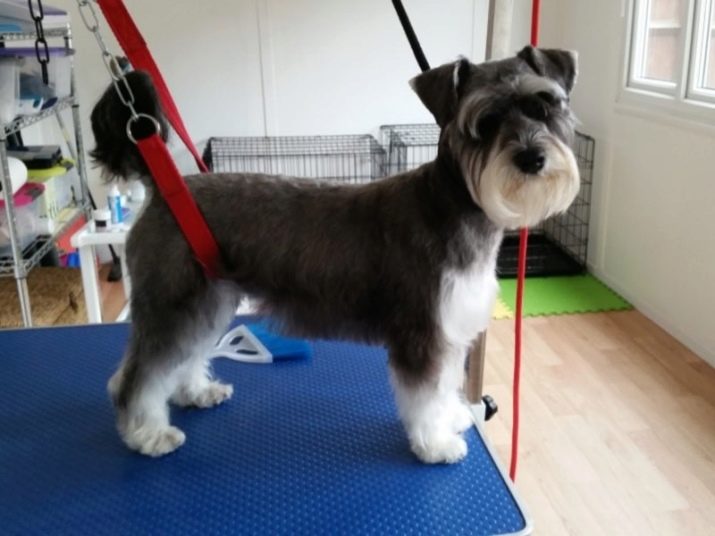
What is it and why is it needed?
Every dog is unique and unrepeatable, and the same applies to its coat. And yet, there are only such types of coat in dogs as:
- long;
- short;
- hard.
In dogs with coarse coats, the molting process is somewhat different than in dogs with a different type of coat. In some dogs, the old coat is replaced with a new one, and the owner does not know the problems associated with the process of changing the old coat to a new one. In other representatives of the four-legged, old hairs remain in place, which spoils the appearance of the dog and makes it untidy. Just for removing old hairs, there is such a procedure as trimming dogs.

Coarse dog hair consists of a soft undercoat, which warms the animal, and guard hair.
The lack of molting in some dogs is due to the way of life of their ancestors. They hunted actively, the old wool was removed at the expense of branches and bushes.
Therefore, there was no need for molting. Not every dog is given such an opportunity, so the owners have to independently remove old hairs by trimming.

This procedure has the following advantages, which explains its popularity among dog owners:
- stimulating blood flow;
- activation of the growth of new hairs;
- improvement of the qualities that are characteristic of the coat;
- giving the animal a neat appearance;
- no need for combing;
- prevention of the formation of tangles, which do not allow air to circulate normally and contribute to the development of pathogens.

Not only are old axial hairs removed by trimming. This procedure allows you to tidy up the ears, clearing them of excess hairs.... Trimming is not a fashion trend. This procedure is vital for many dog breeds.
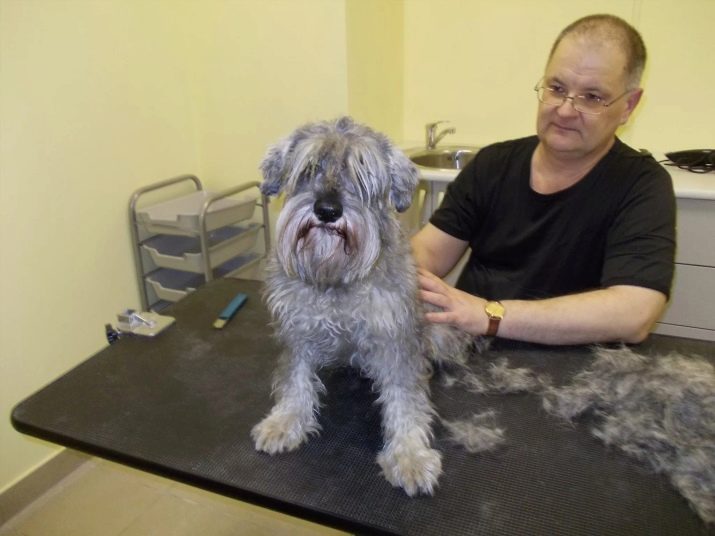
Can you replace it with a regular haircut?
Trimming is perceived by many dog lovers as cosmetic grooming, which should only be done by show dogs. In this case, the owners of four-legged pets are content with just one haircut. This position is wrong, and now you will find out why.
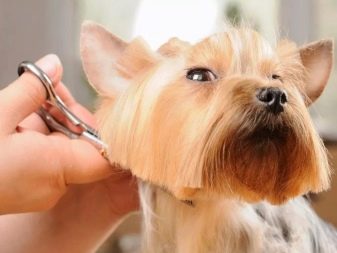
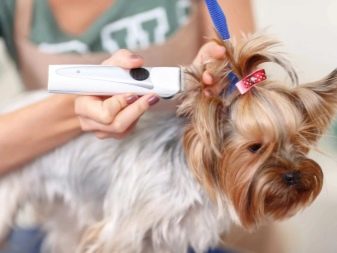
The rigid structure of the hairs is provided by some features of their shape. Stiffness is characteristic only of the upper part of the hair, at the bottom it is thin and soft. It is the stiffness of the hairs that gives the cover a certain shape.
During the haircut, the upper, hard part is cut off, but the soft and weak part remains. In the future, thin elements will grow from such hairs, which will not be characterized by the necessary rigidity. When trimming is carried out, old hairs are completely removed, and in their place, guard, full-fledged hairs grow. This is the main difference between a haircut and trimming.
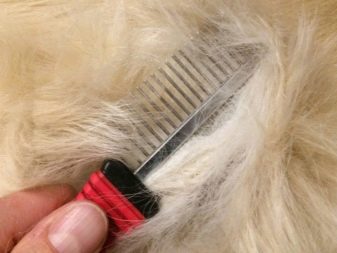
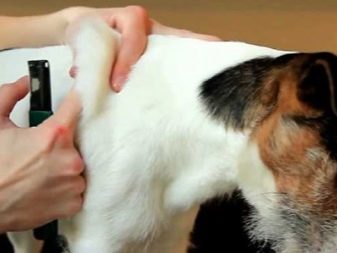
If the animal has already been clipped before, you will need to find an experienced specialist for your pet who will remove the clipped hairs every two weeks. This procedure will stimulate the growth of new guard hair. The probability of full restoration of the previous beauty of the coat is low, but the result will still be amazing.
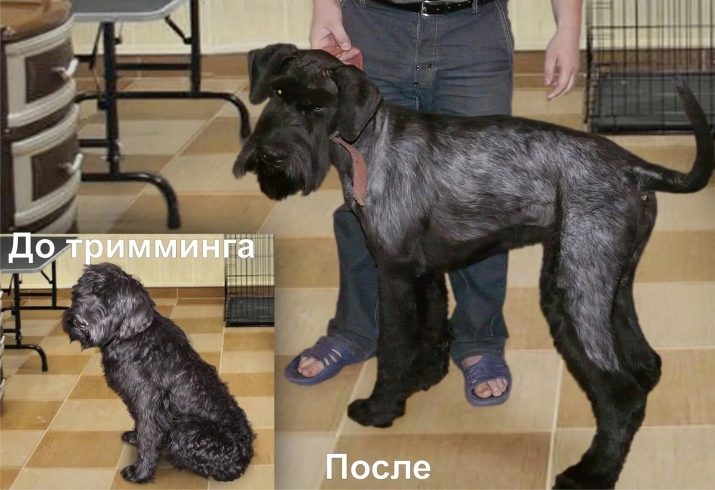
Some might say that trimming is a painful procedure, as opposed to a haircut. This is a false statement.
During trimming only those hairs that are already in a dead state are removed, so the dog does not experience the slightest discomfort. What's more, many dogs even fall asleep while trimming. In some cases, dogs show anxiety when handling muzzle, tail and under paws. This condition is caused not by pain, but by dissatisfaction with human intervention in atypical areas of the body.
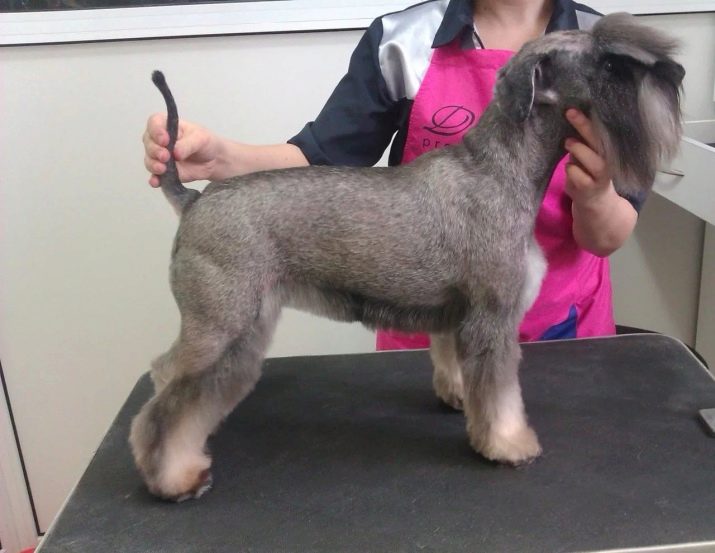
Required materials and tools
Trimming is usually done in special salons rather than at home.
This procedure requires special materials and tools, which are impractical to buy for home use.
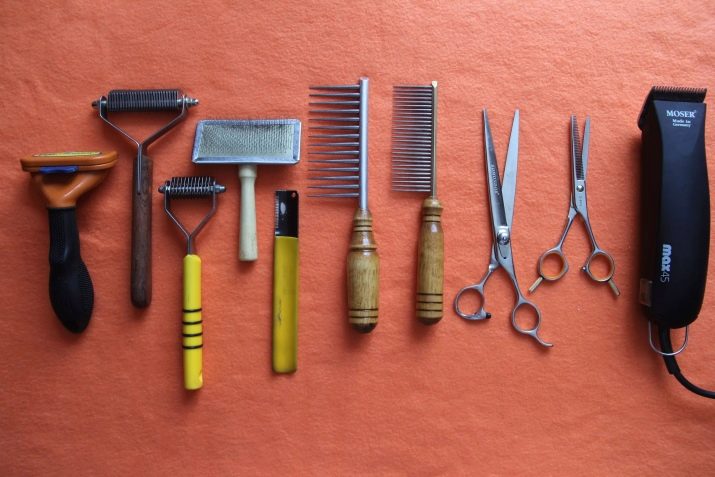
It will not be superfluous to study this list.
- The table is necessary for a comfortable and safe position of the animal. It should be comfortable not only for the master, but also for the dog. The top covering in such tables is made rough.
- A special knife is also required, such tools are specially designed for trimming. Knives are usually sold with three attachments. One of them is designed to work with body hair, the second allows you to remove thick lint, and the third is designed for processing the undercoat. The best examples are made of stainless steel. This material is easy to disinfect and process, so it will never become the cause of infection with infectious diseases.
- A special stone is also needed. Typically, these tools are rectangular in shape and have a loose structure. The stone is used at the final stage of the procedure to remove dead cells from the coat.
- The stone knife is used to work in such hard-to-reach places as the ears.
- The stiff brush makes it easy to remove hair that has already been removed.
- Powder or crayons are specially designed for trimming.Treatment with such means allows you to exfoliate dead and keratinized cells from the skin. At the same time, disinfection is carried out, due to which the likelihood of infection is reduced to a minimum level.
- The silicone thimble makes trimming more comfortable for the craftsman and prevents the formation of wounds.


We will tell you how to use these tools a little later. Now more and more specialists appear who carry out trimming by hand, without using the tools described above. This technology makes the procedure time-consuming, which is not to every dog's taste.
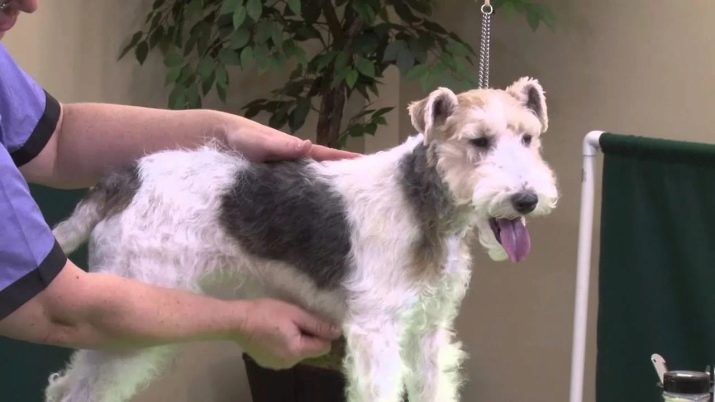
Preparing for the procedure
The question arises, how do you know that your pet already needs trimming. To do this, you need to grab some wool with your hand and gently pull it towards you. If there are hard, guard hairs in your hand, then it's time to put your dog's coat in order.
In order for the trimming process to be safe and comfortable for the animal, it is necessary to prepare for this procedure.
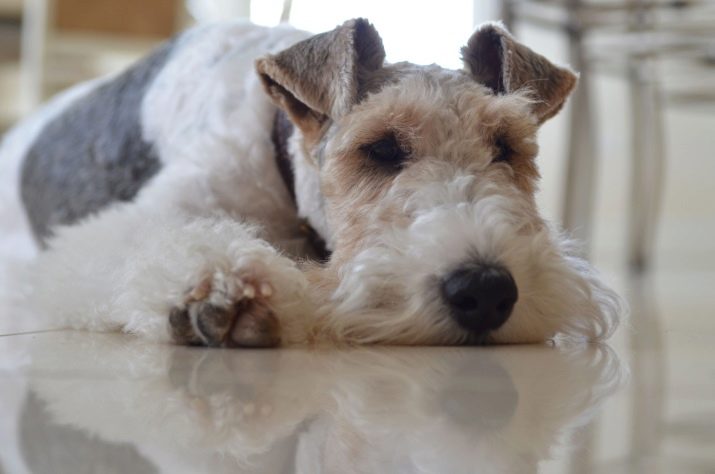
The essence of the preparation is as follows:
- all tools that will be used in the work must be serviceable and disinfected;
- there should be no tangles in the woolen cover; if such elements are found, each of them will have to be disassembled manually; Oil or conditioner for dogs can help ease this process.
- then the combing of the coat follows, here thoroughness and scrupulousness are important, so that all the old undercoat is removed; for this work it is convenient to use a special slicker or metal comb; specialists use a furminator, experience and professional skills are needed to work with this tool, since the furminator can easily damage hard hairs, which must be removed completely;
- You can give your dog a sniff of the trimming tools, which will help to positively position the animal for further treatment.
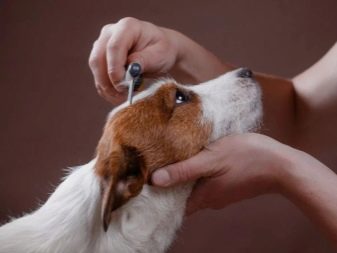
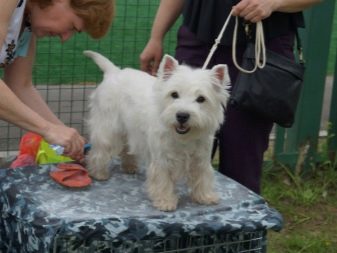
Process description
It is very important to trim correctly for wire-haired dogs. In this case, the animal will feel a minimum of discomfort, therefore throughout the procedure, he will behave calmly.
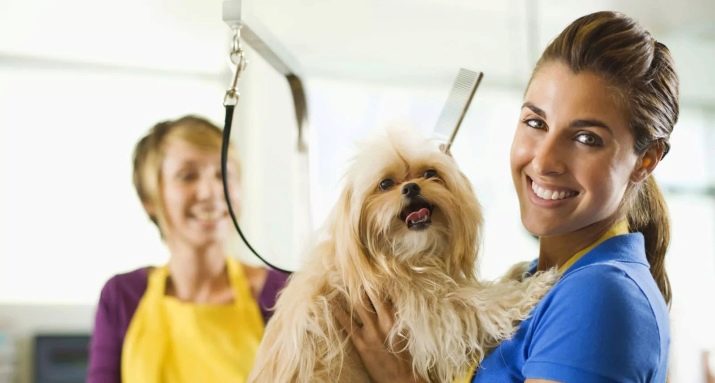
The processing of the coat begins from the back area. This area is not as sensitive as the rest and is the easiest to handle.
While the back is being processed, the dog will get used to its sensations, will not react sharply to manipulations.
The trimming technique consists of the following steps:
- a small tuft of hair is captured in the back area;
- the guard hairs are pulled out with a sharp movement, while it is important to keep the skin on the treated area;
- you need to start work from the back of the head and gradually move towards the tail;
- the last thing to do is to remove the hairs from the ears with tweezers.
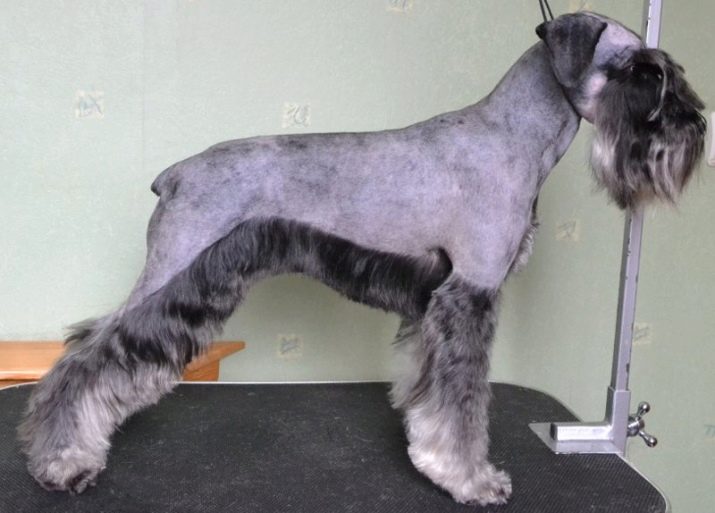
Each area of the body requires a special approach, namely:
- the hair on the head is pulled out by hands, it is not recommended to use a knife;
- the neck is first processed from the side parts, and then proceed to the upper region;
- the hair on the shoulder blades is pulled out only up to the elbow joints;
- processing of the thighs is completed at the "hock" joints;
- work with the tail starts from the top point;
- trimming on the lateral areas of the body is carried out from top to bottom.
Important! If all these rules and subtleties are taken into account, then high-quality trimming will be possible even at home.

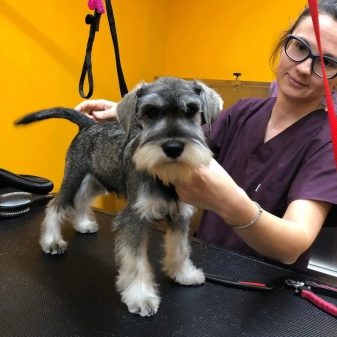
Helpful hints
Finally, you should pay attention to the following tips that will help the pet and its owner survive trimming with dignity:
- the first procedure will have to be carried out in stages, allowing the animal to take a break from new sensations;
- the manifestation of nervousness and discontent on the part of the pet should not be ignored; it is better to distract the dog from such a state, for example, by massage; after a while, you can continue the procedure;
- bathing before trimming is not necessary; clean wool becomes smooth and silky, which makes it difficult to remove;
- After trimming, the dog should be rinsed well with warm water, which will remove the remnants of old hair and prevent the development of irritation on the skin.
- if trimming is carried out in the cold season, then the dog will have to be dressed for walking.
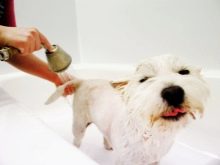

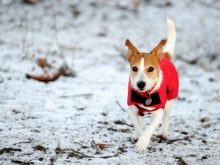
In the next video you can watch how the fox terrier trimming is done correctly.






































